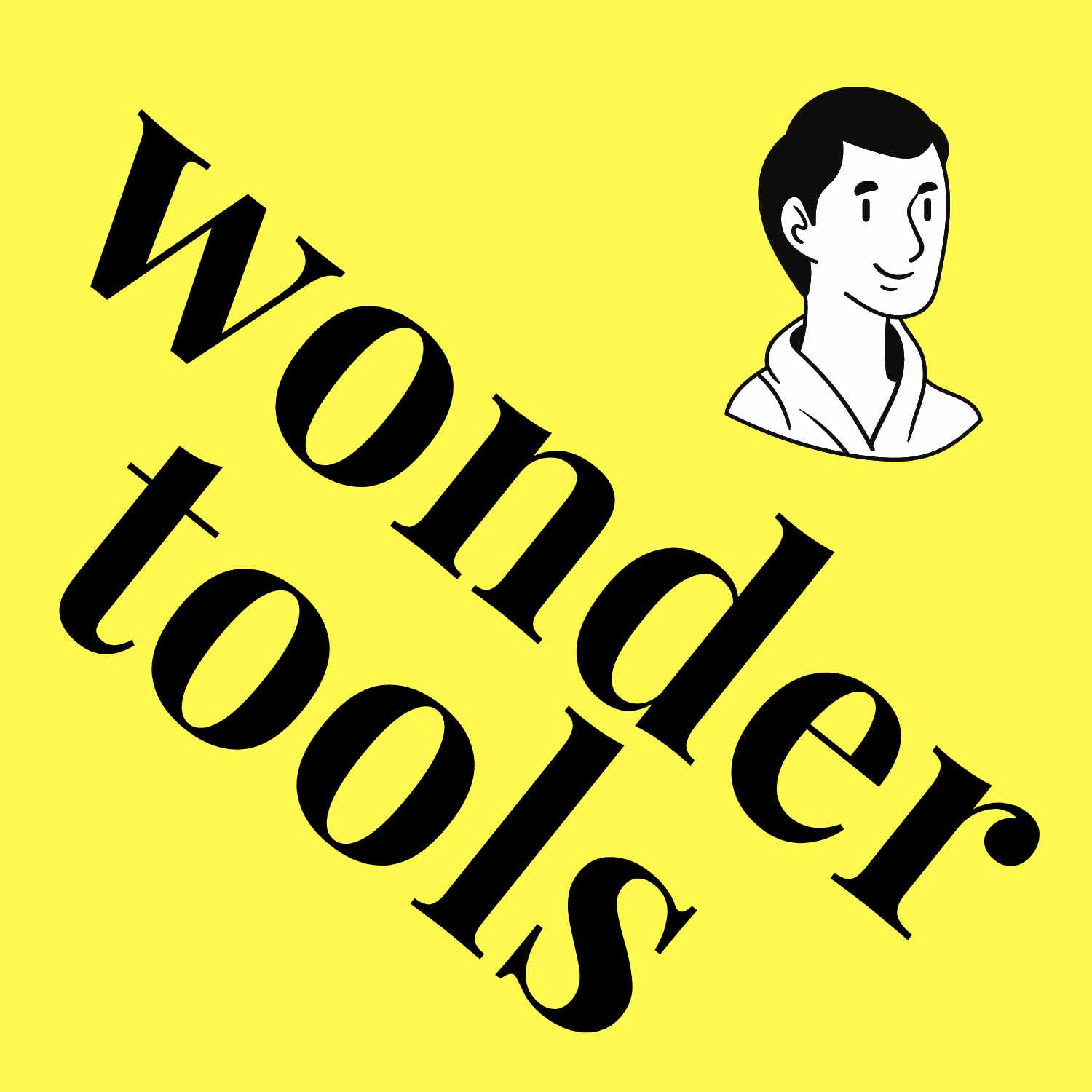

Wonder Tools
Jeremy Caplan
Wonder Tools helps you discover the most useful sites and apps. Building on one of Substack's most popular productivity newsletters, each episode of the podcast includes specific tips on how to make the most of these new tools to work creatively and productively. wondertools.substack.com
Episodes
Mentioned books

Aug 29, 2025 • 10min
📚 Meet Your New AI Tutor
AI is revolutionizing education by transforming traditional learning into personalized tutoring experiences. Tools like ChatGPT's Study Mode and Claude's Learning Mode adapt to individual needs, guiding users at their own pace. The podcast dives into the balance of using these technologies while tackling ethical concerns like academic dishonesty. It showcases how these innovations are reshaping learning, making it more interactive and tailored, marking a new era in education.

Aug 21, 2025 • 8min
Weird prompts, better answers 🧠
Unleash your AI's creativity by pushing it beyond the ordinary! Discover techniques to prompt unconventional and innovative responses. Learn how to add quirky constraints or channel historical figures to inspire unique solutions. Find out how to mix ideas from different fields for unexpected insights. Plus, tips on maintaining a human touch in AI-generated content ensure your writing remains engaging. Transform your AI into a powerful tool for creative breakthroughs!

Aug 15, 2025 • 8min
🧠 4 Ways I Use AI to Think Better
Discover how to transform AI from a mundane tool to a creative ally. Use it as a devil's advocate to rigorously challenge your ideas and decisions. By simulating various perspectives, you can uncover blind spots and strengthen your reasoning. Practical techniques for enhancing analytical processes are shared, emphasizing the benefit of slowing down to think deeper. Explore how AI can help you become a more thoughtful decision-maker by role-playing different viewpoints and confronting potential risks head-on.

10 snips
Jul 25, 2025 • 7min
✨ AI Tools Worth Your Time
Explore four innovative AI tools revolutionizing design and learning. Lovart enables users to generate and edit stunning marketing materials through a chat interface. Google’s Little Language Lessons offers a fun way to pick up new languages with micro-learning techniques. The tool includes tips for everyday scenarios and translations through image recognition. These resources show the exciting future of AI in personal productivity and skill enhancement.

5 snips
Jul 11, 2025 • 7min
My all-in-one productivity tool 🚀
Delve into the multifunctionality of Craft, the app that outshines Google Docs with its elegant design and user-friendly features. Discover its ability to create neat, shareable documents and sync calendars effortlessly. Learn about affordable pricing tiers, the range of templates for various needs, and the integrated AI options that enhance productivity. Plus, hear insights into other productivity tools that complement Craft's impressive capabilities, making it a go-to choice for your digital workflow.

Jun 27, 2025 • 8min
🌟 Tally: Superb Free Surveys
Discover Tally, a user-friendly and visually appealing tool for creating surveys in under a minute. Learn how to design effective surveys with tips and important insights on their flexibility and features. The discussion includes comparisons with other platforms like JotForm and SurveyMonkey, highlighting their strengths. Plus, explore an innovative AI-driven survey tool that adapts questions based on your responses. Don’t forget to share your thoughts through a personalized survey to enhance future content!

Jun 19, 2025 • 11min
Declutter your Digital Mess
Discover a minimalist bookmarking tool that transforms cluttered digital filing into a sleek, user-friendly experience. Explore six creative uses for this innovative tool, from crafting inspiration moodboards to curating quotes for presentations. Dive into other top-notch digital organization tools like Eagle and Milanote, and share your thoughts on streamlining your online finds. This episode is packed with practical advice for anyone looking to declutter their digital life!

9 snips
Jun 14, 2025 • 10min
🎯 Perplexity Update
Discover an innovative search tool that revolutionizes online research! This episode dives into Perplexity and its ability to provide concise answers with credible citations. Learn how it enhances efficiency in finding information and the unique features that set it apart from traditional tools. The conversation also touches on privacy settings to keep your searches anonymous and the balance between access and data retention. Perfect for those who value time and accuracy in their research!

Jun 5, 2025 • 15min
🏗️ Build Better Presentations
Discover Chronicle, a groundbreaking tool that's changing the game for presentation design. It allows users to create visually stunning slides while offering control over every detail. The podcast dives into its unique features, including AI-assisted drafts and easy editing options. Compare it to PowerPoint and Canva to see how it stacks up. With its public beta just launched, explore the potential and limitations, plus tips on how to get started and share your work effectively.

May 30, 2025 • 9min
Google's free AI Studio ⚡️
Dive into Google's innovative AI Studio where creativity meets technology. Discover how to transform photos using AI with simple prompts. Explore generating lifelike voice conversations with a choice of 30 distinct AI voices. Learn about tools for crafting GIFs and images effortlessly, along with exciting video generation options. Uncover fun language mini-lessons and interactive experiments that highlight the capabilities of AI. It’s a playground for anyone curious about the future of digital creativity!


